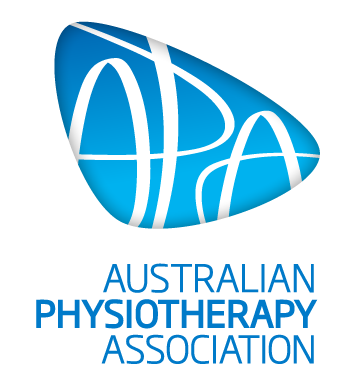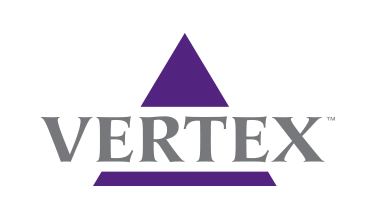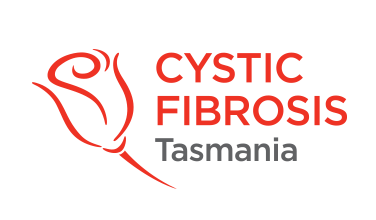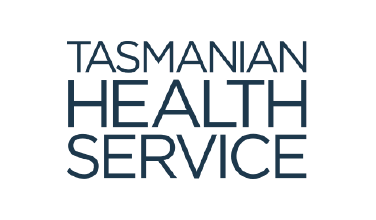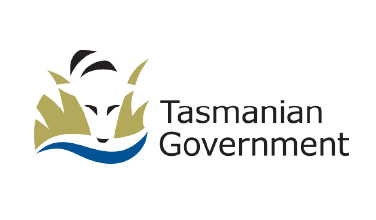MENU
Oscillatory PEP
Please speak to a physiotherapist or your CF medical team before commencing any new treatment. DO NOT start using a device, or technique, on this website if you have not discussed this with your CF team first.
Oscillatory PEP (OscPEP) therapy involves breathing through a device that causes airway vibration, or shaking, as well as positive pressure during your breath out. The vibration may help to loosen secretions that are stuck to the airway wall. Types of OscPEP include Flutter®, Pari®O-PEP, Aerobika®, Acapella® and Bottle PEP (eg Therabubble®).
How does oscillatory PEP help?
- It loosens and decreases the thickness of secretions within the airways through vibration
- It improves movement of mucus in the lungs by improving the effectiveness of the beating of cilia
- It maintains airway opening by positive pressure during the breath out
- It improves mucus/secretion clearance
Flutter®
Please speak to a physiotherapist or your CF medical team before commencing any new treatment. DO NOT start using a device, or technique, on this website if you have not discussed this with your CF team first.
The Flutter® VRP1 was the first oscillating positive expiratory pressure device (OscPEP). It is a pipe shaped pocket-sized device that enables the generation of oscillating positive expiratory pressure. There are a couple of similar versions – with minor differences in the mouthpiece shape.
Flutter® components:
- Mouthpiece
- Plastic cone
- Steel ball
- Perforated cover

Flutter® VRP1 disassembled and assembled
Oscillating PEP technique using Flutter®
- Seek assistance from an experienced physiotherapist before using Flutter® for the first time
- Sit comfortably with your back straight and your elbows supported on a table
- Place the mouthpiece into the mouth between the teeth, sealing your lips firmly around the mouthpiece
- Breathe in slowly, through the nose, keeping the glottis (throat) open, hold for 2-3 seconds
- Breathe out actively (forced but not too forced) against the device aiming to keep your cheeks stiff so that the vibrations occur in your chest and abdomen rather than your mouth – you may be encouraged to hold your cheeks with your hand when you first commence, or use your tummy muscles actively to control where the vibrations occur
- Changing the angle of the Flutter® will also help to achieve the best vibrations in your airways. We recommend seeking assistance from your CF clinic Physiotherapist when using for the first time
- Repeat this cycle for 10 -15 breaths
- When breathing out aim to stop the exhalation before the point of uncontrolled coughing. Coughing should ideally be avoided until the mucus has moved to the upper airways
- If mucus has reached the upper airways, clear with huffing and an effective controlled cough
- Your physiotherapist can guide you regarding the frequency and number of breaths or time of each session

Body position and position of Flutter.
(Permission to re-print: International Physiotherapy Group – CF Blue Book on Physiotherapy Techniques)
Acapella®
Please speak to a physiotherapist or your CF medical team before commencing any new treatment. DO NOT start using a device, or technique, on this website if you have not discussed this with your CF team first.
The Acapella® device uses a counterweighted plug and magnet to create vibrations or oscillations of the flow of air in the lungs. It can be used in any position. The Acapella® has a circular dial at the back which changes the position of the magnet to create variable PEP resistances. The Acapella® Duet has a built-in nebulising unit. The Acapella® Choice and Acapella® Duet can be dismantled for thorough cleaning.
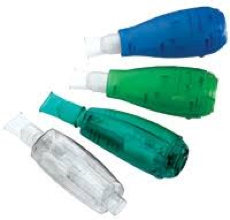
Left to right: Acapella® Duet, Choice, high flow, low flow
The Acapella® consists of:
- Mouthpiece
- Plastic shell: Acapella® high flow & low flow are fixed; Acapella® Choice and Duet can be opened
- Counterweighted magnet and plug
Oscillating PEP technique using Acapella®
- Seek assistance from an experienced physiotherapist before performing Acapella for the first time
- Sit comfortably with your back straight and your elbows supported on a table. If you are lying on your side, ensure that your spine is straight and in a neutral position
- Place the mouthpiece into the mouth between the teeth, sealing your lips firmly around the mouthpiece
- Breathe in slowly, ideally through the nose, keeping the glottis (throat) open, hold for 2-3 seconds
- Breathe out actively (forced but not too forced) against the device aiming to keep your cheeks stiff so that the vibrations occur in your chest and abdomen rather than your mouth
- Your physiotherapist should guide you in choosing a resistance setting for the PEP component
- Repeat breathing in and out through the Acapella® for 10 -15 breaths
- When breathing out aim to stop the exhalation before the point of uncontrolled coughing. Coughing should ideally be avoided until the mucus has moved to the upper airways
- If mucus has reached the upper airways, clear with huffing and an effective controlled cough
- Your physiotherapist can guide you regarding the frequency and number of breaths or time of each session
Aerobika®
Please speak to a physiotherapist or your CF medical team before commencing any new treatment. DO NOT start using a device, or technique, on this website if you have not discussed this with your CF team first.
The Aerobika® is a handheld OscPEP device. It has a variable PEP resistor and can be combined with certain inhaled/nebulised medications which improve or assist mucus clearance, such as hypertonic saline.

Aerobika® with manometer
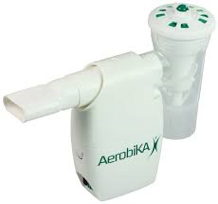
Aerobika® with Aeroeclipse® attached for nebulisation
The Aerobika® consists of:
- A mouthpiece
- Base with an internal moveable flap mechanism that generates OscPEP pressures
- Nebuliser port for attachment to an AeroEclipse® jet nebuliser for inhalation/nebulisations of certain medications
- Resistor switch below the mouthpiece for more or less positive pressure during oscillations
Oscillating PEP technique using Aerobika®
Seek assistance from an experienced physiotherapist before performing Aerobika® for the first time
- Sit comfortably with your back straight and your elbows supported on a table. If you are lying on your side, ensure that your spine is straight and in a neutral position
- Your physiotherapist should guide you in choosing a resistance setting for the PEP component
- Place the mouthpiece into the mouth between the teeth, sealing your lips firmly around the mouthpiece
- Breathe in slowly, ideally through the nose, keeping the glottis (throat) open, hold for 2-3 seconds
- Breathe out actively (forced but not too forced) against the device aiming to keep your cheeks stiff so that the vibrations occur in your chest and abdomen rather than your mouth
- Repeat breathing in and out through the Aerobika for 10 -15 breaths
- When breathing out aim to stop the breath out before the point of uncontrolled coughing. Coughing should ideally be avoided until the mucus has moved to the upper airways
- If mucus has reached the upper airways, clear with huffing and an effective controlled cough
- Your physiotherapist can guide you regarding the frequency and number of breaths of time of each session
Bubble PEP – BPEP (Bubble PEP)
Please speak to a physiotherapist or your CF medical team before commencing any new treatment. DO NOT start using a device, or technique, on this website if you have not discussed this with your CF team first.
A form of oscillating PEP that uses a container, water and tubing which you breathe through to create positive pressure and oscillations. Commercial versions of Bubble PEP are available in Australia – eg HydraPEP®, Therabubble®.

HydraPEP®

Therabubble®
A Bubble PEP consists of:
- Container – plastic bottle / container
- Water – variable amount
- Length of tubing 20-40 cm long and 4-5mm in diameter with optional mouthpiece
- Your physiotherapist will help you determine the correct height of water in the container and length of tubing
Bubble PEP technique
- Seek assistance from an experienced physiotherapist before setting up Bubble PEP for the first time – particularly in terms of the height of water in the container and the length of tubing appropriate to your requirements
- Sit comfortably with your back straight and your elbows supported on a table
- Slowly inhale (through your nose to stop you from swallowing the water) and exhale through the tubing to the breathing volume determined by your physiotherapist – a pressure manometer can be added if required
- Repeat breathing in an out through the Bubble PEP for 10-15 breaths
- Use forced expirations (huffing) and coughing when ready to expectorate sputum
- Your physiotherapist can guide you regarding the frequency and duration of each session.
- For children a few squirts of dish liquid and some food colouring make this activity more fun making bubbles
- Ensure that the child does not suck on the bubble-PEP tubing. Some commercial bubble PEP devices have a valve that prevents water being sucked back.


